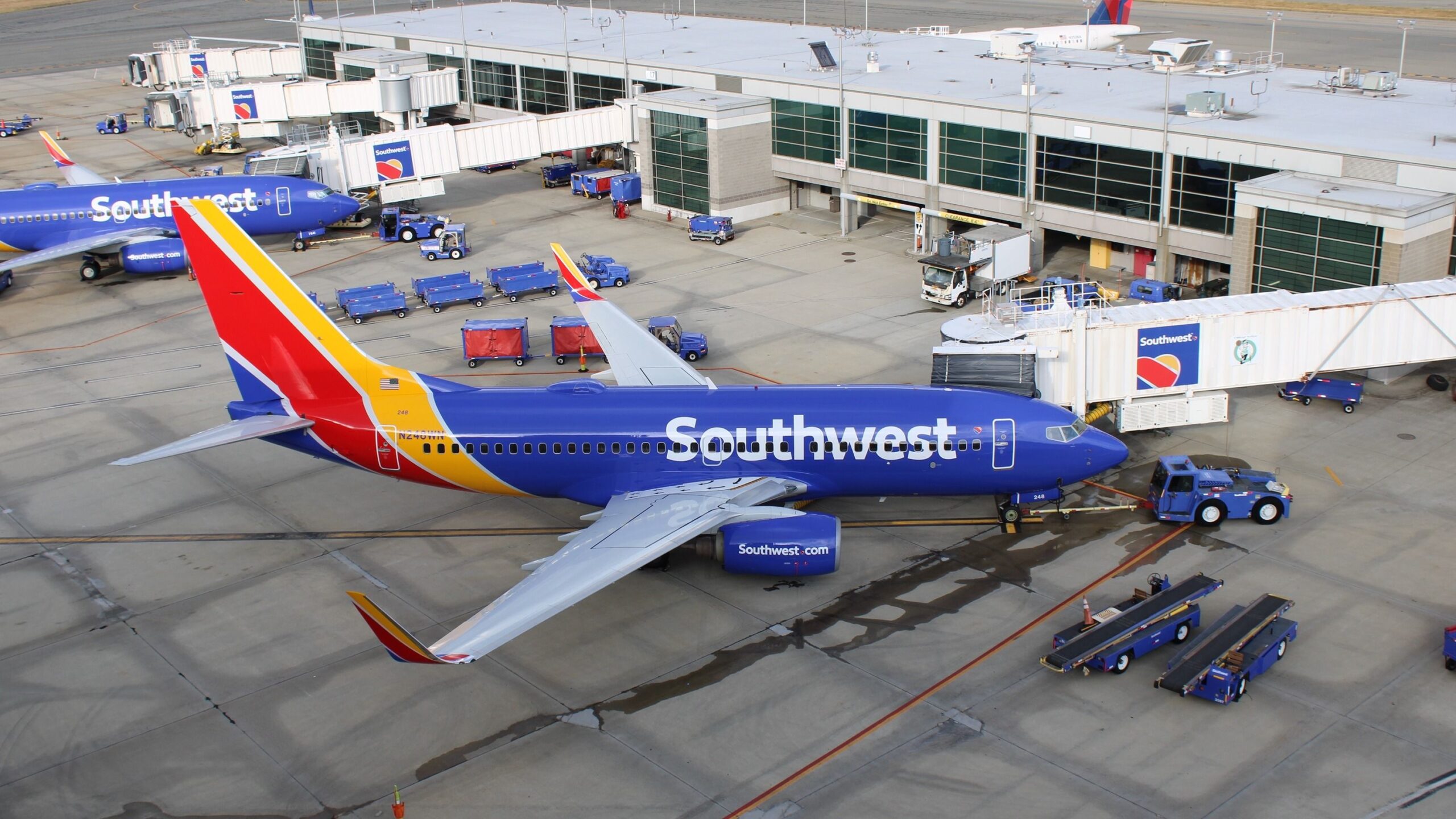Summary
- FAA notes passengers must wear seatbelts during key flight phases, but what ‘properly secured’ means is undefined.
- The cause of a recent Southwest Airlines passenger injury in turbulence, under FAA investigation, remains unclear.
- The study finds global turbulence on the rise due to climate change’s effects on airline safety and passenger comfort.
A recent
Southwest Airlines
flight from Manchester, New Hampshire, to Baltimore encountered turbulence, which seriously injured a passenger. The
Federal Aviation Administration
noted that WN3633 experienced challenging conditions around 15:50 on Wednesday, August 7. FAA regulations identify that all passengers must wear seatbelts during taxiing, takeoff, and landing. However, these regulations do not define what ‘properly secured’ means.
The fine details of how the passenger was injured remain unclear and are under investigation by the FAA. The administration has noted that crew members must notify passengers when they need to fasten their seat belts and that all onboard must obey cabin crewmembers’ instructions. However, there is no mandate that passengers must wear their seatbelts for the full duration of a flight.
Photo: Vincenzo Pace | Simple Flying
Winds have remained strong on America’s East Coast this week as the remnants of Hurricane Debby and, as noted by Fox Business, the pilot was likely advised by the FAA before take-off that there would be expected turbulence, which would’ve been relayed to passengers.
Southwest Airlines flight WN3633
Data retrieved from the flight tracker website Flightradar24 identified that the Southwest Airlines flight had departed from
Manchester-Boston Regional Airport
(MHT) at 13:43 on Wednesday, 13 minutes behind its scheduled departure time of 13:30. The flight, which covers around 373 miles, usually takes just over an hour from gate to gate.
The flight took off northeasterly before turning southwest towards
Baltimore/Washington International Thurgood Marshall Airport
(BWI). For most of the flight, it traveled at its cruising altitude of 26,000 feet before arriving at 14:47, 13 minutes ahead of schedule.
Bearing registration N226WN and serial number 32494, ch-Aviation identifies the aircraft operating the flight as an 18.7-year-old 737 700. The aircraft was delivered to the
Low-Cost Carrier
in November 2005 and is powered by two CFMI CFM56-7B24 engines.
Increased turbulence worldwide
In recent months, many flights have encountered turbulence, requiring the hospitalization of injured passengers and crew. The most alarming was Singapore Airlines flight SQ321 on May 20, operated by a Boeing 777-300ER, which departed London Heathrow Airport (LHR) at 22:38 with 229 passengers and crew onboard and headed for Singapore. As it crossed Myanmar, it was struck by severe turbulence that resulted in injuries to more than 100 and the death of one passenger.
Photo: KITTIKUN YOKSAP | Shutterstock [not 9V-SWM]
A recent study by the University of Reading, in the United Kingdom identified that clean air turbulence has increased in multiple regions worldwide. Especially over the North Atlantic, one of the busiest flight routes on the planet, noted the duration of severe turbulence has risen by over 55% since 1979. Moderate turbulence has also increased by 37%, while light turbulence sat at 17%. Factors at play were consistent with the effects of climate change. Atmospheric Scientist at the University of Reading and co-author of the study, Professor Paul Williams, reiterated the findings:
“Following a decade of research showing that climate change will increase clear-air turbulence in the future, we now have evidence suggesting that the increase has already begun.”




